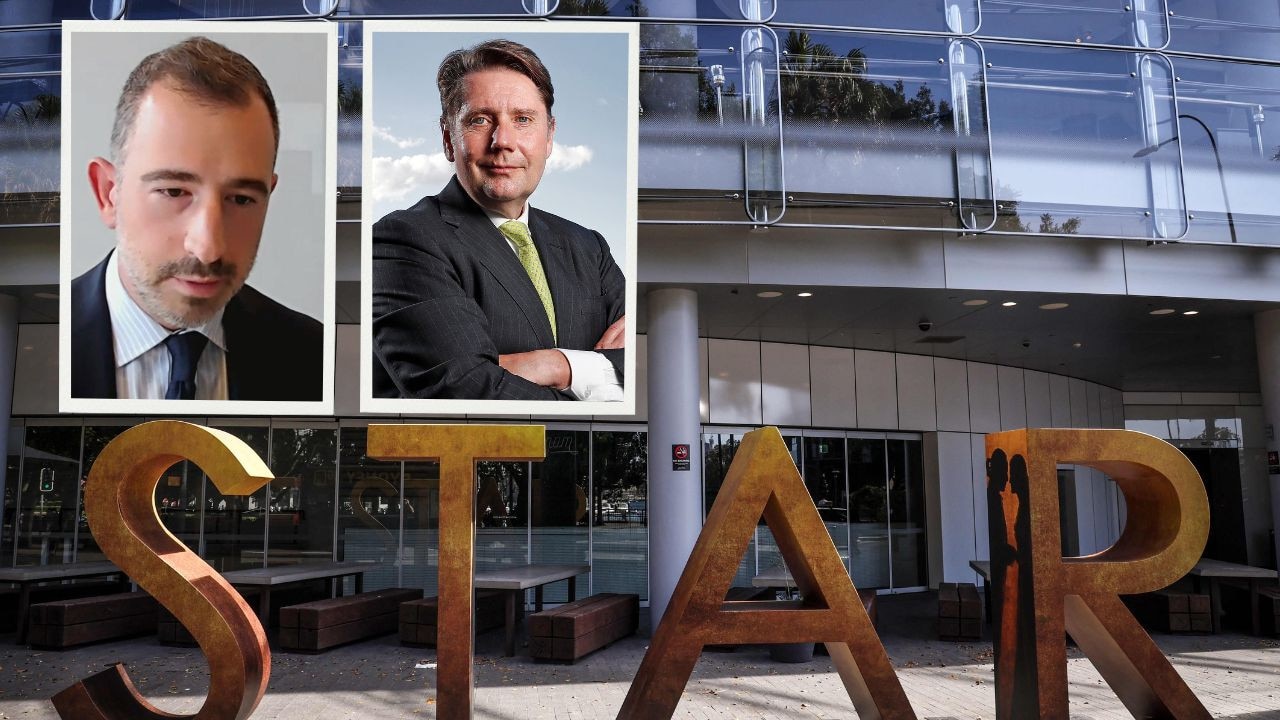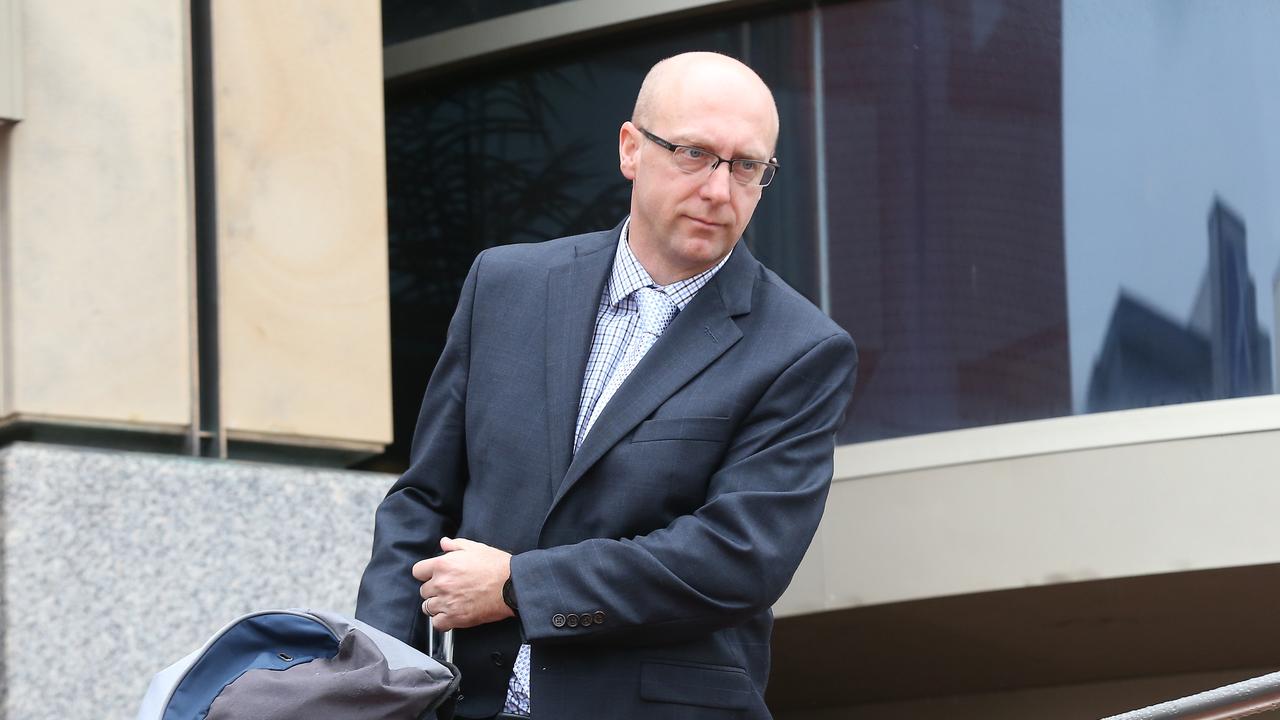Win, win, win? A new class action funding model could benefit plaintiffs, lawyers and the courts
A new class action funding possibility could line the pockets of plaintiffs, lawyers and make the Federal Court more competitive with the Victorian Supreme Court.

More class action group members could wind up with more money in their pockets after a new court ruling, but the decision may also beef up profits for lawyers and is set to make the Federal Court more competitive with Victoria’s Supreme Court.
On behalf of their clients, solicitors will now be allowed to ask the Federal Court for a “common fund order”, meaning if class action applicants are successful they can apply for the order and only need to pay costs and an extra margin to their lawyers – rather than to their lawyers and litigation funders – out of their compensation.
Litigation funders have typically been the only way plaintiffs can afford expensive class actions because lawyers have not been allowed to take on solicitor and funding duties, except in the Supreme Court of Victoria from 2020, when law firms have been allowed to receive a “proportional” or “contingent” amount of the final settlement of a class action under a so-called group costs order.
The “driving force” behind common fund order is that it should lower the costs of bringing a class action, University of NSW faculty of law professor Michael Legg said.
“They still have to pay costs, but they should get more of the recovery than when there’s a litigation funder and a lawyer,” he said. But the model had been operating in the US for years and had padded the pockets of American firms too, Professor Legg said.
“Yes, it can help with access to justice, but geez, it’s also a way for driving lawyer wealth,” he said.
The court will have discretion to make the order or not, and would probably consider the conduct of lawyers in the matter, Professor Legg said. He said there could be less transparency about how much it “really” cost to run the class action, and there were questions about what a fair percentage of the recovery was.
“Lawyers are going to say we took on certain risks, including us not getting paid, and therefore we asked the court for this percentage of the recovery,” he said.
“As a client, you’re sort of going, well, how much is that going to end up being? And even if the lawyers say ‘we think we should receive 25 per cent’ then it’s like, well, 25 per cent of what?”
The ruling on Friday was prompted by a class action against failed Blue Sky Alternative Investments, its former directors and auditors Ernst & Young – being jointly prosecuted by Banton Group and Shine Lawyers – who threatened to apply for the case to be transferred from the Federal Court to the Supreme Court if its request for the common fund order was rejected.

Professor Legg said they effectively “held a gun” to the Federal Court’s head in doing so.
“Although our courts are steadfast, they are not in competition, and all of the courts in Australia are top notch. I think the fact is that the Federal Court wants to hear class actions, and there’s a drain,” he said.
“The statistics show a lot of cases being filed in Victoria, and this would go some way towards reversing that.”
Three judges of the Federal Court delivered the ruling: Bernard Murphy, Jonathan Beach and Michael Lee.
Banton Group issued a statement about the decision on Friday, saying it had secured the “significant legal victory”. “This groundbreaking ruling marks a departure from the traditional filing of group costs (GCs) and empowers solicitors to take on cases across Australia with greater ease,” its statement read.
“There are now new opportunities for legal representation and access to justice for individuals and groups seeking legal recourse.”





